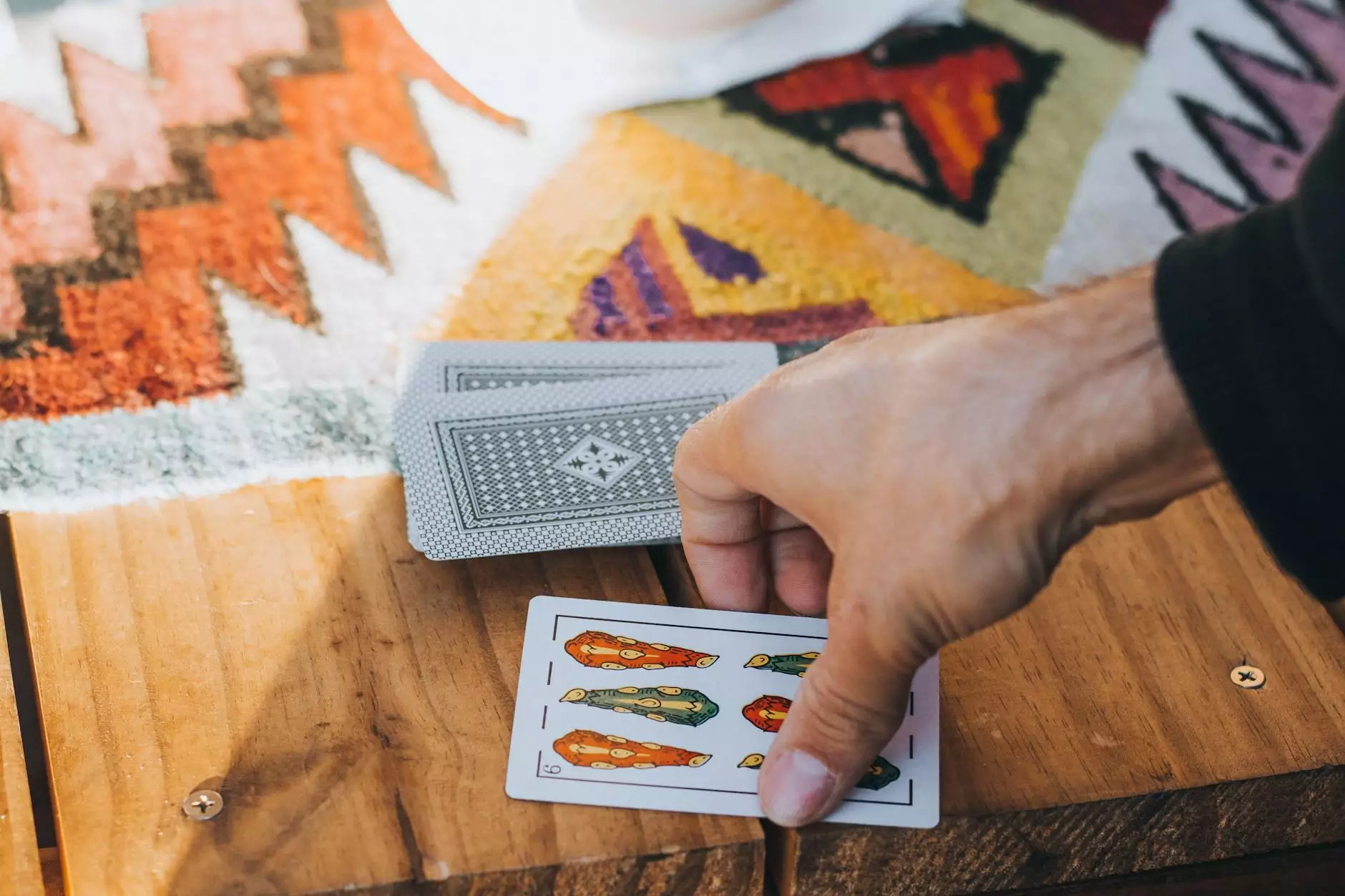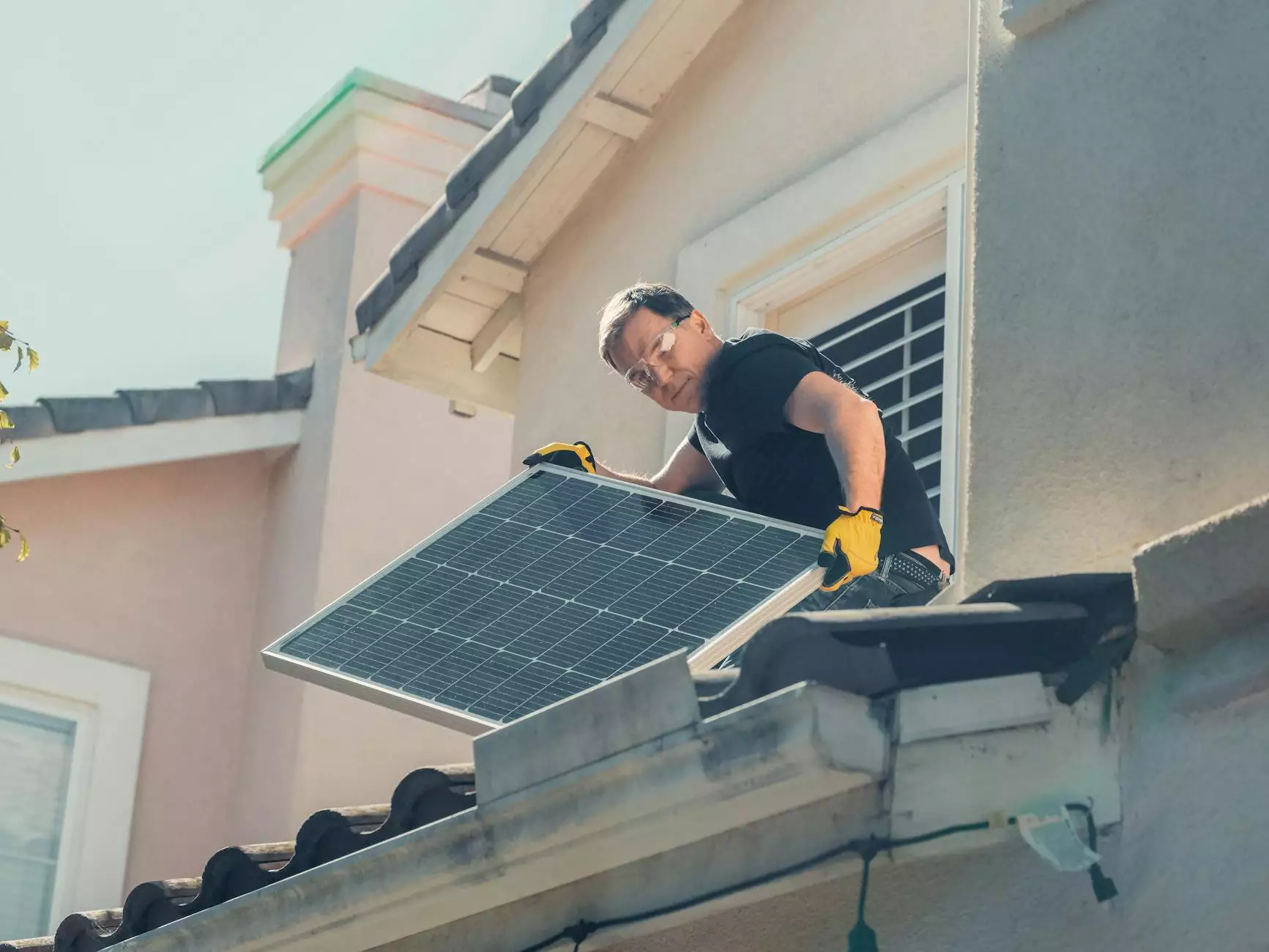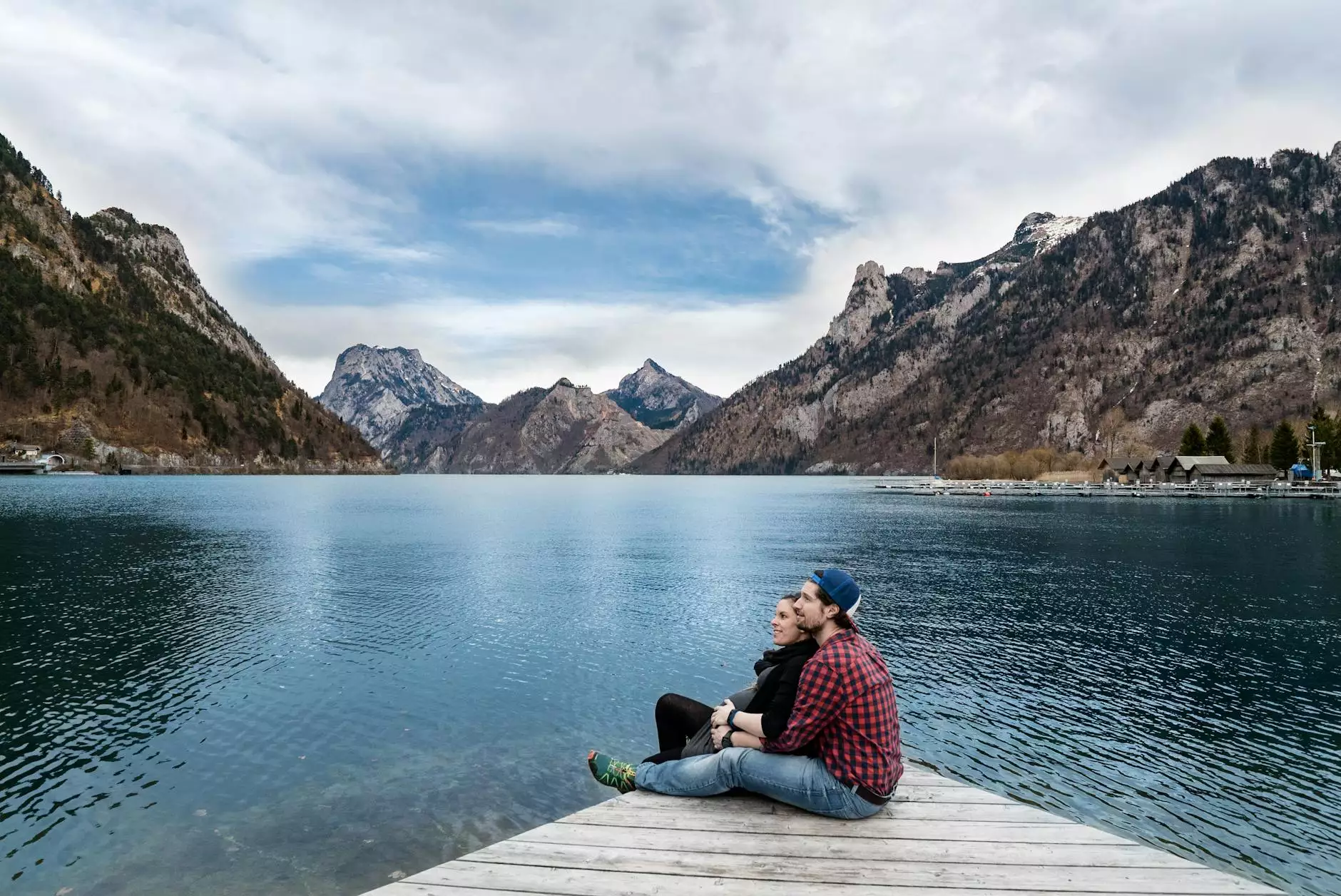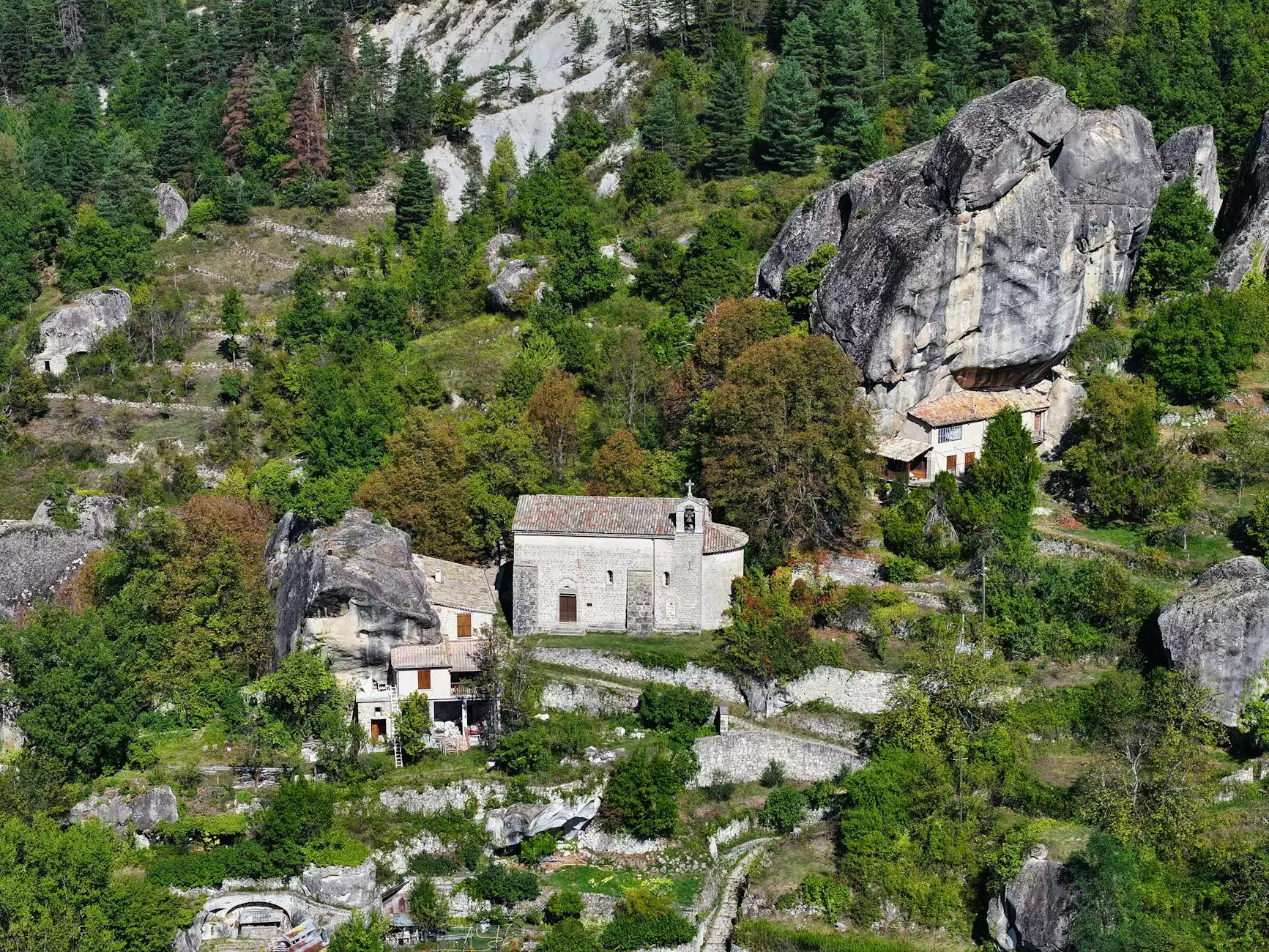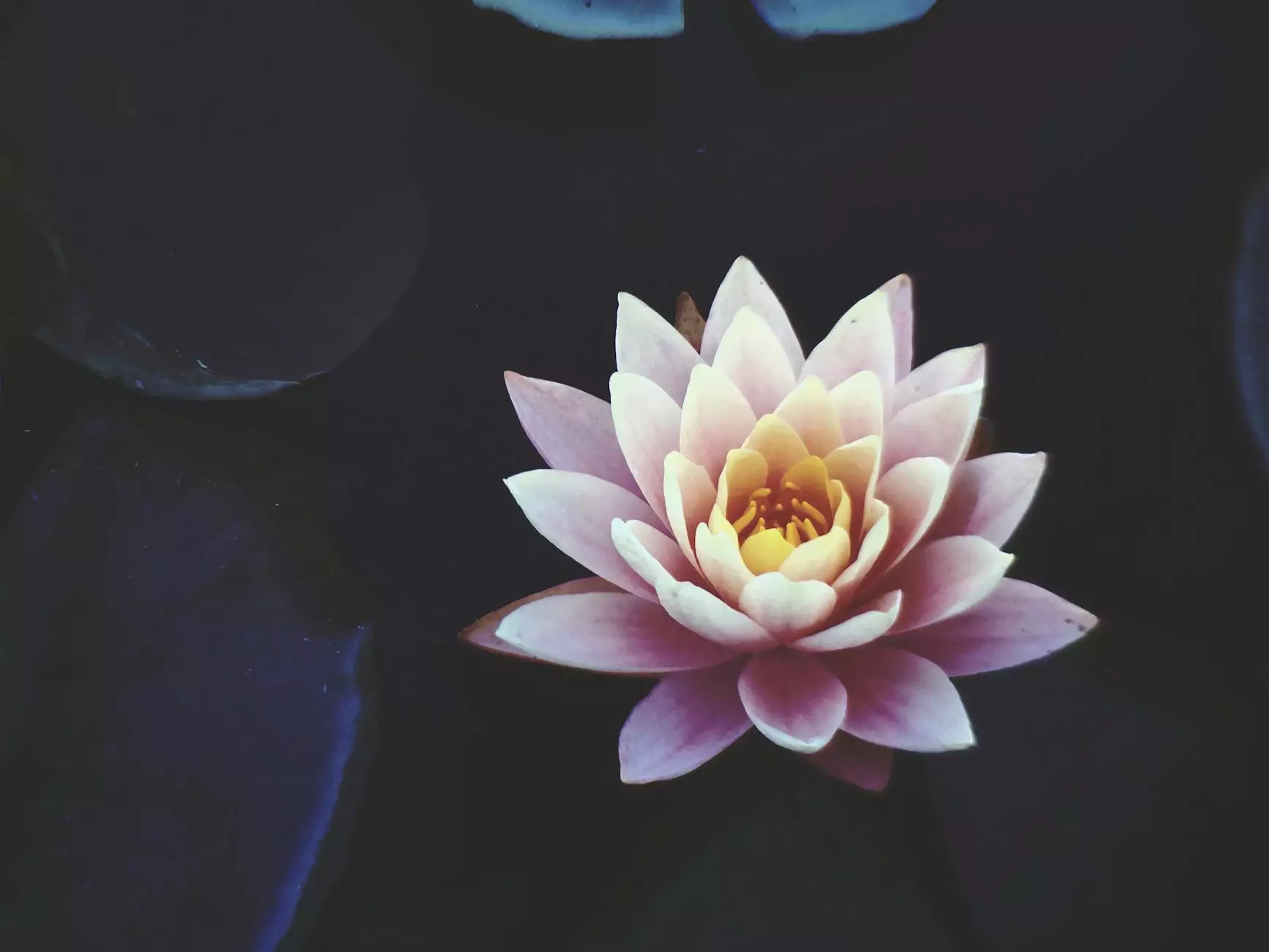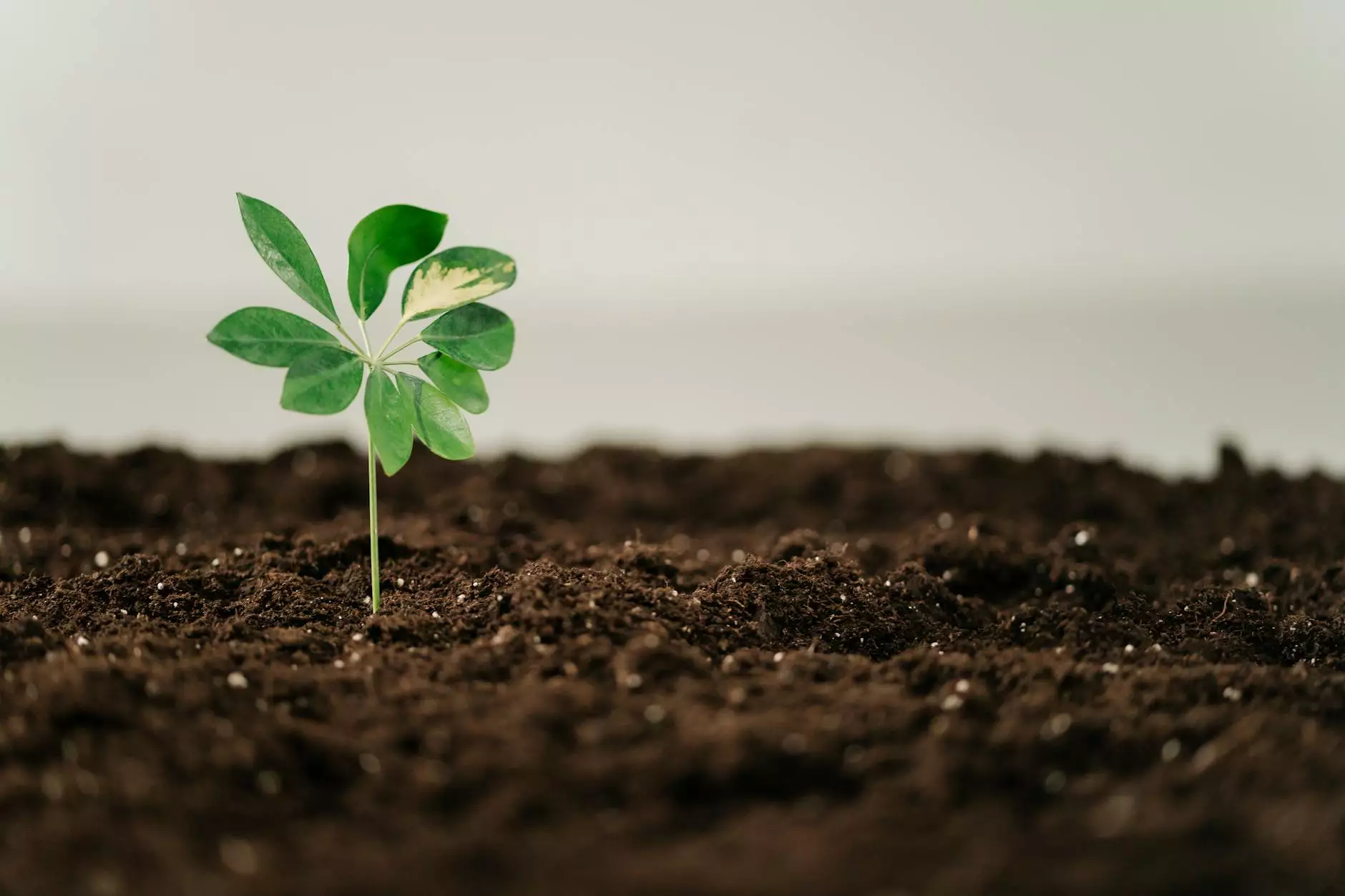Mastering Time Lapse Landscape Photography: A Complete Guide
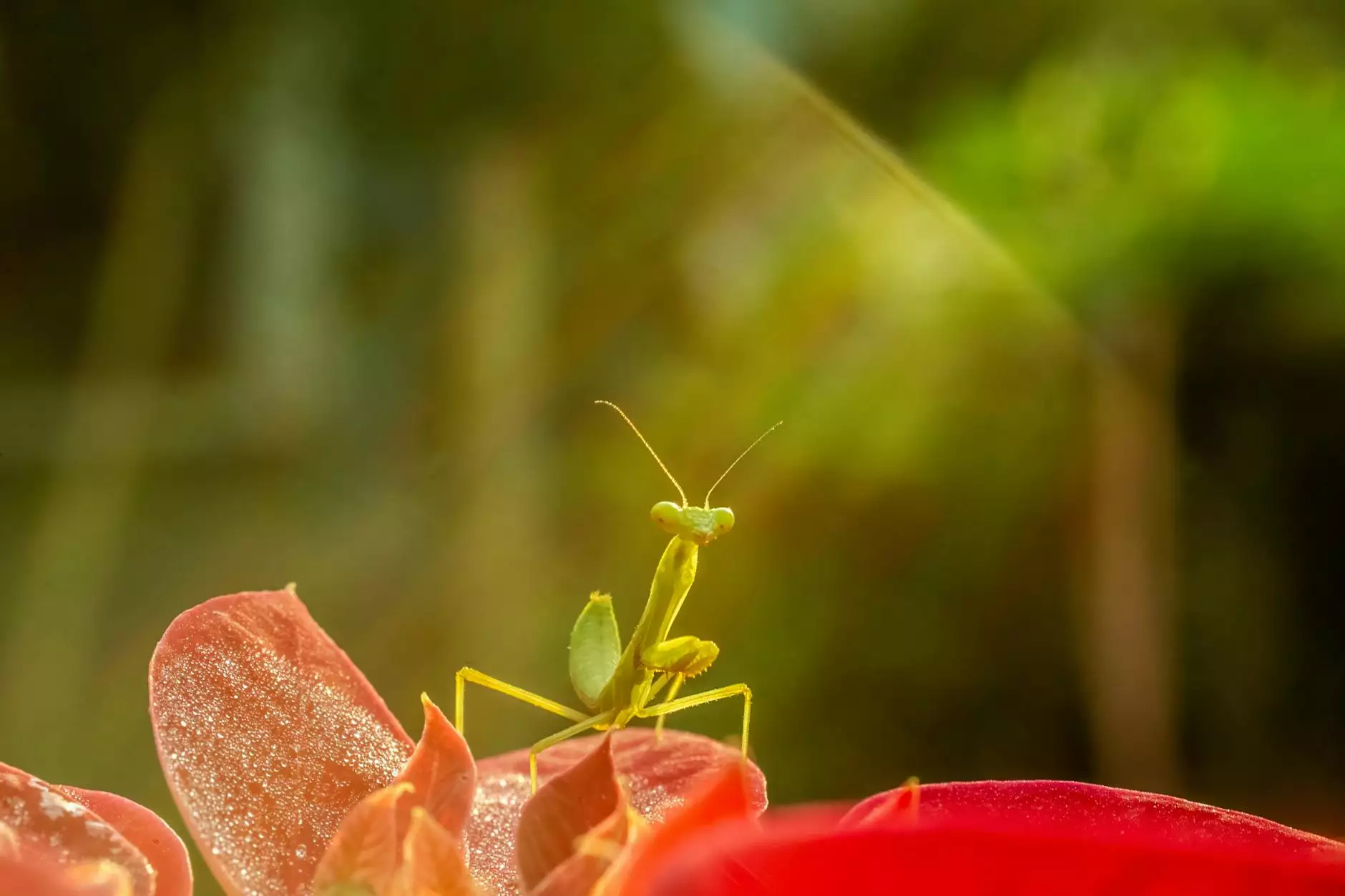
Time lapse landscape photography is a fascinating art form that allows photographers to capture the world in a unique and captivating way. This technique not only showcases changes in a landscape over time but also allows the viewer to experience the natural beauty of a scene in a manner that standard photography simply cannot convey. By compressing time into a succinct visual narrative, photographers can tell powerful stories about nature, transitions, and the beauty of our world. This article will explore the techniques, equipment, and creative insights necessary to master time lapse landscape photography.
What is Time Lapse Landscape Photography?
Time lapse photography refers to the process of capturing a series of images over an extended period and then playing them back at a faster rate, resulting in a video that condenses hours, days, or even weeks into mere minutes. In the context of landscapes, this technique allows photographers to showcase how scenes evolve during different times of the day, seasons, or varying weather conditions.
The Beauty of Landscapes
- Dynamic Changes: Landscapes are subject to continuous change due to light, weather, and natural cycles.
- Capturing Movement: Time lapse enables the artistic expression of elements like cloud movement, flowing water, and the shifting colors of sunset.
- Documenting Seasons: You can illustrate the changes in a landscape across seasons, adding depth to your storytelling.
Essential Equipment for Time Lapse Landscape Photography
To create stunning time lapse videos, having the right equipment is crucial. Here’s a list of essential gear you’ll need:
- Camera: A DSLR or mirrorless camera with manual settings is ideal for capturing high-quality images.
- Tripod: A sturdy tripod is essential to ensure stability and consistency in your shots.
- Intervalometer: This device allows you to set the intervals between each shot automatically, making it easier to capture images over long periods.
- ND Filters: Neutral Density filters help you manage exposure when shooting in bright conditions, enhancing the quality of your video.
- External Battery Packs: Time lapse shooting often requires long durations, so having extra power will prevent interruptions.
Choosing the Right Locations for Time Lapse Landscape Photography
Finding the right location is crucial for successful time lapse photography. Here are some tips to consider:
- Scenic Overlooks: High vantage points provide expansive views and dramatic sky transitions.
- Water Bodies: Lakes, rivers, and oceans offer beautiful reflections and dynamic water movements.
- Forests: Capture the interplay of light through trees and the changes in foliage throughout the year.
- Urban Landscapes: Cityscapes can also be beautifully represented through time lapse, highlighting the hustle and bustle of urban life.
Techniques for Capturing Time Lapse Landscape Photography
Setting Up Your Shots
When you're ready to begin shooting, consider the following techniques:
- Manual Settings: Use manual focus and exposure settings to ensure consistency in your footage. This is particularly important for long sessions and various lighting conditions.
- Composition: Pay attention to framing. Use strong foreground elements to create depth and lead the eye into the photograph.
- Timing: Consider the timing of your shoot, aiming for the golden hour to capture warm, soft light.
Intervals and Duration
The interval between shots will depend on the nature of the scene:
- Fast-moving clouds: Shoot every 5 seconds.
- Sunset or sunrise: Shoot every 10-30 seconds depending on how quickly the light changes.
- Seasonal changes: Capture a single frame daily or weekly for longer-term time lapses.
Editing Your Time Lapse Video
Once you have collected your images, the next step is to transform them into an engaging video. Here are some editing tips:
- Software: Use video editing software like Adobe Premiere Pro, Final Cut Pro, or specialized tools such as LRTimelapse.
- Frame Rate: Decide on a frame rate that matches the speed of your content; 24fps is a common choice for cinematic looks.
- Color Correction: Adjust colors to enhance the visual appeal and create a consistent aesthetic throughout the clip.
- Add Music: A good soundtrack can enhance your video significantly, so choose music that complements the visuals.
Showcasing Your Work
After creating your time lapse landscape photography video, you must share your work effectively. Here are some platforms to consider:
- Social Media: Utilize platforms like Instagram, Facebook, and YouTube to reach a broader audience.
- Photography Competitions: Entering competitions can provide recognition and exposure for your work.
- Online Portfolios: Consider creating an online portfolio or website to showcase your photography, such as on bonomotion.com.
Conclusion
In conclusion, time lapse landscape photography is a powerful technique that allows photographers to capture and convey the beauty of the natural world. By understanding the essential equipment, techniques, and editing processes involved, you can create stunning visuals that mesmerize audiences and tell a compelling story about the landscapes we cherish. As you embark on your time lapse journey, remember to experiment, learn, and share your unique perspective with the world.
Whether you are a seasoned photographer or just beginning, embracing the art of time lapse photography opens up a realm of creative possibilities. So grab your camera, find your favorite landscape, and start capturing the magic of time!

